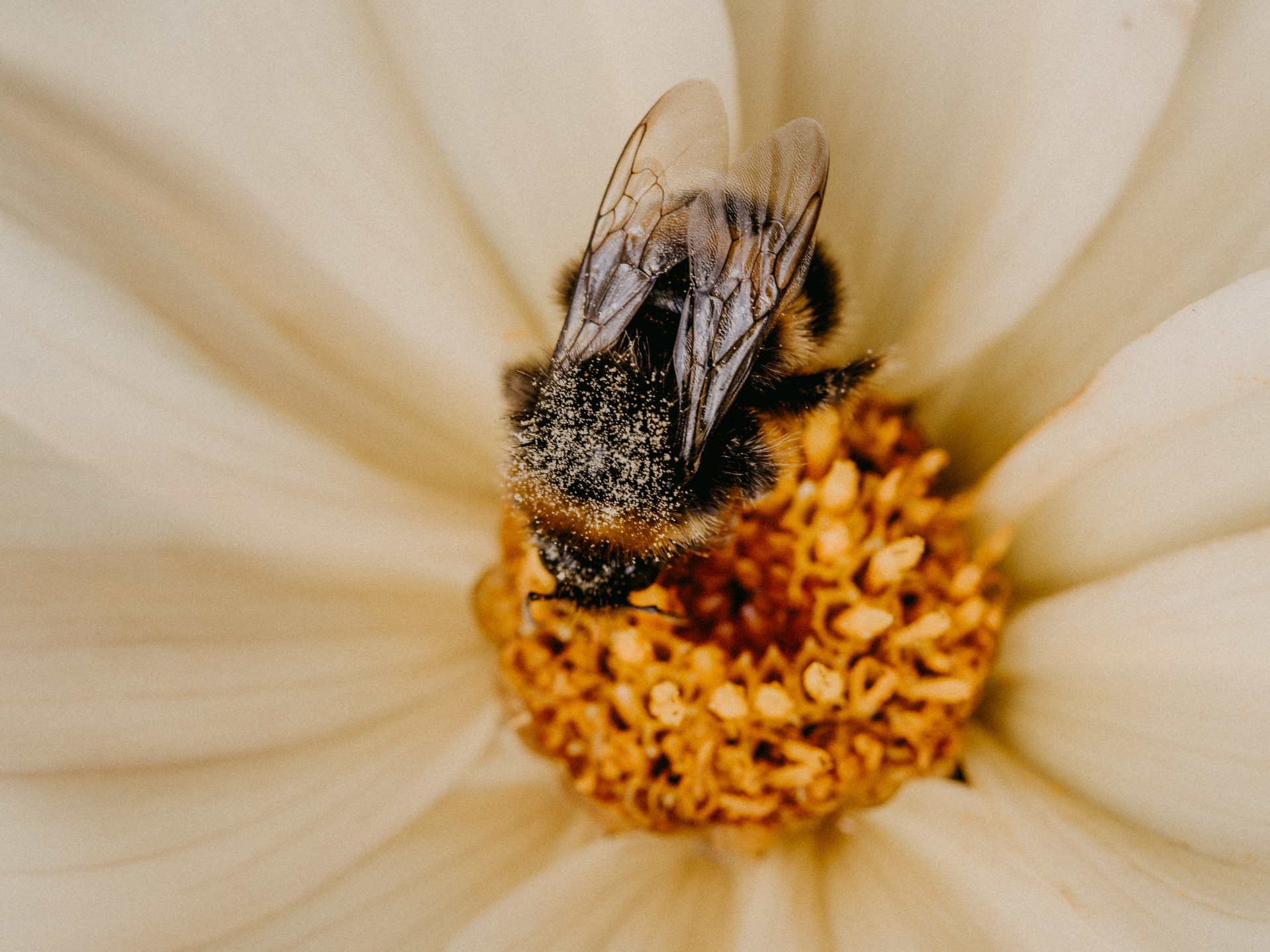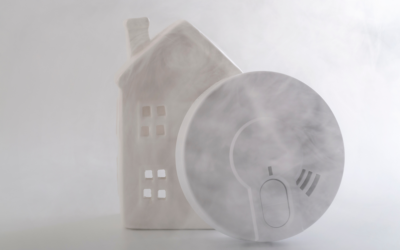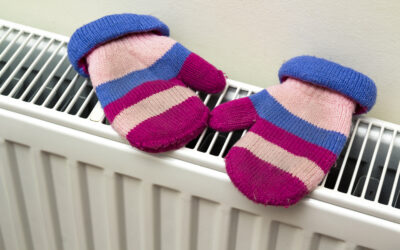Photo credit: Annie Spratt; according to NPR, bees can carry almost half their weight in pollen.
Spring is officially here! That means warmer weather, green grass, wildflowers, and blooming trees! What’s not love? Actually… there’s one thing.
You guessed it: spring allergies. Itchy red eyes, stuffed noses, and sneezing. Lots and lots of sneezing. Makes it hard to appreciate the beauty of the season.
However, there are four things you can do to decrease your allergies this spring. To find relief, we invite you to keep reading to learn more!
 Image source; the filter (blue rectangle) sits between ingoing and outgoing air.
Image source; the filter (blue rectangle) sits between ingoing and outgoing air.
The right filter
According to the EPA, filtration is still one of the best technologies to reduce allergens inside your home. We recommend changing the filter or filters in your furnace every two to three months. But…
If you live near a dirt road or have a few pets, then you’ll want to change it more often. A tip: check your filter every few weeks to see if it’s covered by a thick fur coat or dark with dust. If so, note how long it took to get that way, then change it out on a custom schedule.
Lastly, we recommend using a filter with a MERV rating of 8-12 (you’ll see this number on the packaging and filter itself). MERV stands for Minimum Efficiency Reporting Value. It’s a scale that measures the size of particles your filter can catch. The higher the number, the more it can catch; the lower the number, the less it can catch.
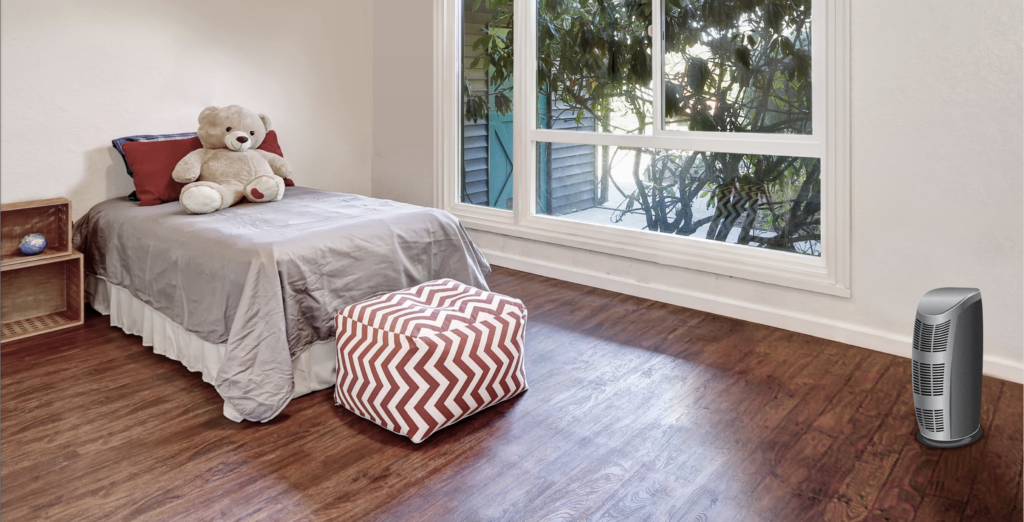 Image source; The EPA states that portable air purifiers and filters are two of the most effective solutions for clean air.
Image source; The EPA states that portable air purifiers and filters are two of the most effective solutions for clean air.
Honorable mentions
Besides utilizing air filters, there are a few other things you can do to reduce your allergies.
1 Use an air purifier. This device has an internal fan that sucks air from your room into itself. This air then passes through a filter which catches airborne dust and pollen before being released back into your room.
2 Do a three-phase clean. To thoroughly clean your home of allergens, it’s recommended that you clean in a certain order.
First, dust from top to bottom. So you’ll want to dust off ceiling fans, shelf tops, then objects lower to the ground. Second, you’ll want to vacuum or dust. Third, you’ll want to mop. This last step will clean the remaining allergens.
People also find it very helpful to wear a bandana or medical mask as you dust. This keeps dust from getting into your nose and sending you into fits of sneezing!
3 Get a professionally-installed whole-home dehumidifier. By removing humidity from your home, you create an environment that’s less hospitable to dust mites. By removing these allergens, you can improve your indoor air quality and ultimately, your allergies.
Now that spring is here, ensure you get a filter with a MERV rating of 8-12. Get an air purifier if you can. And dust, sweep, vacuum, and mop. Lastly, have an HVAC pro install a whole-home dehumidifier in your system.
If you have any questions or need help with improving your air quality during allergy season, contact us here if you’re in NW Arkansas and here if you’re in Northern Texas!
